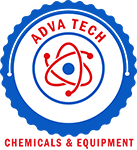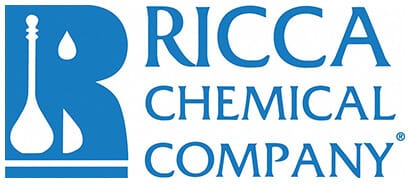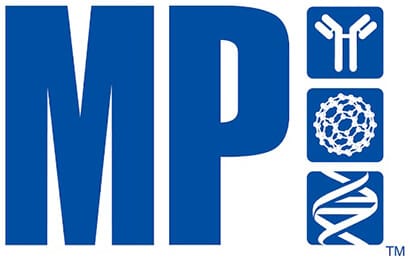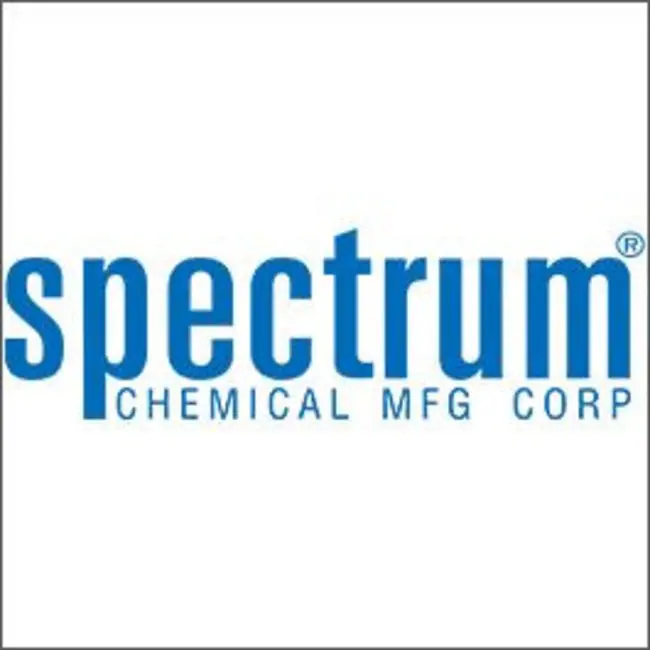Shop
Showing 157351–157400 of 278485 results
-
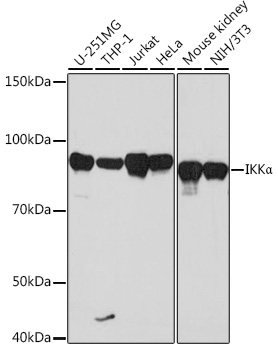
IKKα Rabbit mAb
$264.04 Add to cart View Product DetailsMonoclonal Antibodies
-

IKKα Rabbit mAb
$103.04 Add to cart View Product DetailsMonoclonal Antibodies
-

IKKα Rabbit pAb
$86.94 Add to cart View Product DetailsPolyclonal Antibodies
-

IKKα Rabbit pAb
$239.89 Add to cart View Product DetailsPolyclonal Antibodies
-
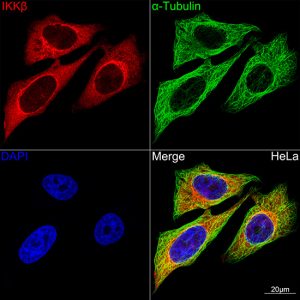
IKKβ Rabbit mAb
$103.04 Add to cart View Product DetailsMonoclonal Antibodies
-

IKKβ Rabbit mAb
$103.04 Add to cart View Product DetailsMonoclonal Antibodies
-

IKKβ Rabbit mAb
$264.04 Add to cart View Product DetailsMonoclonal Antibodies
-

IKKβ Rabbit mAb
$264.04 Add to cart View Product DetailsMonoclonal Antibodies
-

IKKβ Rabbit pAb
$86.94 Add to cart View Product DetailsPolyclonal Antibodies
-
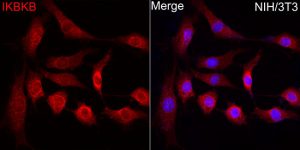
IKKβ Rabbit pAb
$239.89 Add to cart View Product DetailsPolyclonal Antibodies
-

IKKβ Rabbit pAb
$86.94 Add to cart View Product DetailsPolyclonal Antibodies
-

IKKβ Rabbit pAb
$239.89 Add to cart View Product DetailsPolyclonal Antibodies
-

IKKγ Rabbit pAb
$239.89 Add to cart View Product DetailsPolyclonal Antibodies
-

IKKγ Rabbit pAb
$86.94 Add to cart View Product DetailsPolyclonal Antibodies
-

IKKε Rabbit mAb
$103.04 Add to cart View Product DetailsMonoclonal Antibodies
-

IKKε Rabbit mAb
$264.04 Add to cart View Product DetailsMonoclonal Antibodies
-
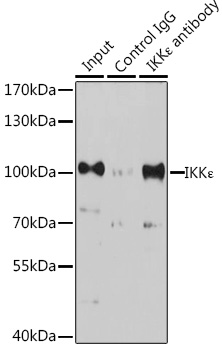
IKKε Rabbit pAb
$239.89 Add to cart View Product DetailsPolyclonal Antibodies
-

IKKε Rabbit pAb
$239.89 Add to cart View Product DetailsPolyclonal Antibodies
-

IKKε Rabbit pAb
$239.89 Add to cart View Product DetailsPolyclonal Antibodies
-

IKKε Rabbit pAb
$86.94 Add to cart View Product DetailsPolyclonal Antibodies
-

IKKε Rabbit pAb
$86.94 Add to cart View Product DetailsPolyclonal Antibodies
-

IKKε Rabbit pAb
$86.94 Add to cart View Product DetailsPolyclonal Antibodies
-
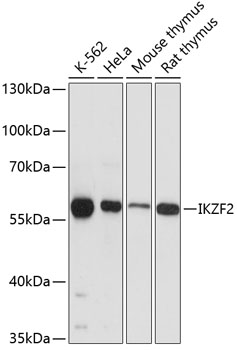
IKZF2 Rabbit pAb
$86.94 Add to cart View Product DetailsPolyclonal Antibodies
-

IKZF2 Rabbit pAb
$239.89 Add to cart View Product DetailsPolyclonal Antibodies
-

IKZF3 Rabbit mAb
$264.04 Add to cart View Product DetailsMonoclonal Antibodies
-

IKZF3 Rabbit mAb
$264.04 Add to cart View Product DetailsMonoclonal Antibodies
-

IKZF3 Rabbit mAb
$103.04 Add to cart View Product DetailsMonoclonal Antibodies
-

IKZF3 Rabbit mAb
$103.04 Add to cart View Product DetailsMonoclonal Antibodies
-

IKZF3 Rabbit pAb
$239.89 Add to cart View Product DetailsPolyclonal Antibodies
-

IKZF3 Rabbit pAb
$86.94 Add to cart View Product DetailsPolyclonal Antibodies
-
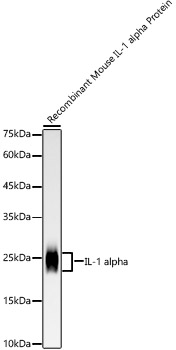
IL-1 alpha Rabbit mAb
$103.04 Add to cart View Product DetailsMonoclonal Antibodies
-

IL-1 alpha Rabbit mAb
$264.04 Add to cart View Product DetailsMonoclonal Antibodies
-
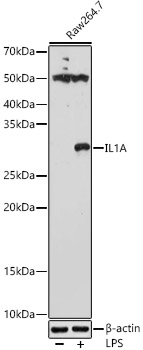
IL-1 alpha Rabbit pAb
$239.89 Add to cart View Product DetailsPolyclonal Antibodies
-

IL-1 alpha Rabbit pAb
$239.89 Add to cart View Product DetailsPolyclonal Antibodies
-

IL-1 alpha Rabbit pAb
$86.94 Add to cart View Product DetailsPolyclonal Antibodies
-

IL-1 alpha Rabbit pAb
$86.94 Add to cart View Product DetailsPolyclonal Antibodies
-
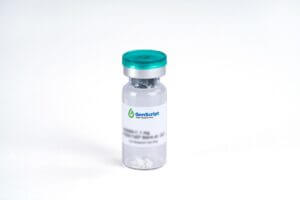
IL-1 RA, Human(HEK 293-expressed)
$737.44 Add to cart View Product DetailsIL-1 Receptor Antagonist, also known as IL-1RA, ICIL-1RA, IRAP and IL-1RN, is a member of the interleukin 1 cytokine family. It is expressed by monocytes, neutrophils, macrophages, epithelial cells and fibroblasts. IL-1RA inhibits the activity of both IL-1alpha and IL-1beta, and modulates a variety of IL-1 related immune and inflammatory responses. It inhibits the activity of IL-1 by binding to the receptor IL-1R1 and preventing its association with the coreceptor IL-1RAP for signaling. Clinical studies are being conducted to investigate the use of IL-1RA in the treatment of sepsis, rheumatoid arthritis and chronic myelogenous leukemia.
-
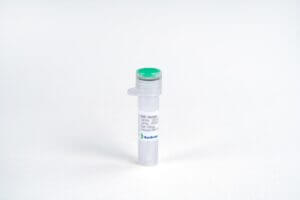
IL-1 RA, Human(HEK 293-expressed)
$43.13 Add to cart View Product DetailsIL-1 Receptor Antagonist, also known as IL-1RA, ICIL-1RA, IRAP and IL-1RN, is a member of the interleukin 1 cytokine family. It is expressed by monocytes, neutrophils, macrophages, epithelial cells and fibroblasts. IL-1RA inhibits the activity of both IL-1alpha and IL-1beta, and modulates a variety of IL-1 related immune and inflammatory responses. It inhibits the activity of IL-1 by binding to the receptor IL-1R1 and preventing its association with the coreceptor IL-1RAP for signaling. Clinical studies are being conducted to investigate the use of IL-1RA in the treatment of sepsis, rheumatoid arthritis and chronic myelogenous leukemia.
-

IL-1 RA, Human(HEK 293-expressed)
$76.76 Add to cart View Product DetailsIL-1 Receptor Antagonist, also known as IL-1RA, ICIL-1RA, IRAP and IL-1RN, is a member of the interleukin 1 cytokine family. It is expressed by monocytes, neutrophils, macrophages, epithelial cells and fibroblasts. IL-1RA inhibits the activity of both IL-1alpha and IL-1beta, and modulates a variety of IL-1 related immune and inflammatory responses. It inhibits the activity of IL-1 by binding to the receptor IL-1R1 and preventing its association with the coreceptor IL-1RAP for signaling. Clinical studies are being conducted to investigate the use of IL-1RA in the treatment of sepsis, rheumatoid arthritis and chronic myelogenous leukemia.
-

IL-10, Human(CHO-expressed)
$2,018.25 Add to cart View Product DetailsInterleukin-10 (IL-10), initially known as Cytokine Synthesis Inhibitory Factor (CSIF), belongs to the IL-10 family and shares more than 80% sequence homology with Epstein-Barr Virus protein BCRFI. It is produced by many immune cells, such as T-cells, macrophages, mast cells, and dendritic cells. It is usually secreted as a homodimer and, upon binding to its receptor, inhibits the synthesis of a number of cytokines, including IFN-gamma, IL-2, IL-3, TNF and GM-CSF produced by activated macrophages and Th2 cells. It also displays ability to suppress Antigen-Presenting Cell (APC) function. The net effect of Interleukin-10 appears to be inhibitory; however, stimulatory effects, such as stimulation of B cell maturation and antibody production, are also reported.
-

IL-10, Human(CHO-expressed)
$86.25 Add to cart View Product DetailsInterleukin-10 (IL-10), initially known as Cytokine Synthesis Inhibitory Factor (CSIF), belongs to the IL-10 family and shares more than 80% sequence homology with Epstein-Barr Virus protein BCRFI. It is produced by many immune cells, such as T-cells, macrophages, mast cells, and dendritic cells. It is usually secreted as a homodimer and, upon binding to its receptor, inhibits the synthesis of a number of cytokines, including IFN-gamma, IL-2, IL-3, TNF and GM-CSF produced by activated macrophages and Th2 cells. It also displays ability to suppress Antigen-Presenting Cell (APC) function. The net effect of Interleukin-10 appears to be inhibitory; however, stimulatory effects, such as stimulation of B cell maturation and antibody production, are also reported.
-

IL-10, Human(CHO-expressed)
$271.69 Add to cart View Product DetailsInterleukin-10 (IL-10), initially known as Cytokine Synthesis Inhibitory Factor (CSIF), belongs to the IL-10 family and shares more than 80% sequence homology with Epstein-Barr Virus protein BCRFI. It is produced by many immune cells, such as T-cells, macrophages, mast cells, and dendritic cells. It is usually secreted as a homodimer and, upon binding to its receptor, inhibits the synthesis of a number of cytokines, including IFN-gamma, IL-2, IL-3, TNF and GM-CSF produced by activated macrophages and Th2 cells. It also displays ability to suppress Antigen-Presenting Cell (APC) function. The net effect of Interleukin-10 appears to be inhibitory; however, stimulatory effects, such as stimulation of B cell maturation and antibody production, are also reported.
-

IL-10, Mouse(CHO-expressed)
$2,018.25 Add to cart View Product DetailsInterleukin-10 (IL-10), initially known as Cytokine Synthesis Inhibitory Factor (CSIF), belongs to the IL-10 family and shares more than 80% sequence homology with the Epstein-Barr Virus protein BCRFI. It is produced by many immune cells, such as T-cells, macrophages, mast cells and dendritic cells. It is usually secreted as a homodimer and, upon binding to its receptor, inhibits the synthesis of a number of cytokines, including IFN-gamma, IL-2, IL-3, TNF and GM-CSF, by activated macrophages and Th2 cells. It also displays the ability to suppress Antigen-Presenting Cell (APC) function. The net effect of Interleukin-10 appears to be inhibitory; however, stimulatory effects, such as stimulation of B cell maturation and antibody production, are also reported.
-

IL-10, Mouse(CHO-expressed)
$86.25 Add to cart View Product DetailsInterleukin-10 (IL-10), initially known as Cytokine Synthesis Inhibitory Factor (CSIF), belongs to the IL-10 family and shares more than 80% sequence homology with the Epstein-Barr Virus protein BCRFI. It is produced by many immune cells, such as T-cells, macrophages, mast cells and dendritic cells. It is usually secreted as a homodimer and, upon binding to its receptor, inhibits the synthesis of a number of cytokines, including IFN-gamma, IL-2, IL-3, TNF and GM-CSF, by activated macrophages and Th2 cells. It also displays the ability to suppress Antigen-Presenting Cell (APC) function. The net effect of Interleukin-10 appears to be inhibitory; however, stimulatory effects, such as stimulation of B cell maturation and antibody production, are also reported.
-

IL-10, Mouse(CHO-expressed)
$271.69 Add to cart View Product DetailsInterleukin-10 (IL-10), initially known as Cytokine Synthesis Inhibitory Factor (CSIF), belongs to the IL-10 family and shares more than 80% sequence homology with the Epstein-Barr Virus protein BCRFI. It is produced by many immune cells, such as T-cells, macrophages, mast cells and dendritic cells. It is usually secreted as a homodimer and, upon binding to its receptor, inhibits the synthesis of a number of cytokines, including IFN-gamma, IL-2, IL-3, TNF and GM-CSF, by activated macrophages and Th2 cells. It also displays the ability to suppress Antigen-Presenting Cell (APC) function. The net effect of Interleukin-10 appears to be inhibitory; however, stimulatory effects, such as stimulation of B cell maturation and antibody production, are also reported.
-

IL-10, Rat (CHO-expressed)
$2,018.25 Add to cart View Product DetailsInterleukin-10 (IL-10), initially known as Cytokine Synthesis Inhibitory Factor (CSIF), belongs to the IL-10 family and shares more than 80% sequence homology with the Epstein-Barr Virus protein BCRFI. It is produced by many immune cells, such as T-cells, macrophages, mast cells and dendritic cells. It is usually secreted as a homodimer and, upon binding to its receptor, inhibits the synthesis of a number of cytokines, including IFN-gamma, IL-2, IL-3, TNF and GM-CSF produced by activated macrophages and Th2 cells. It also displays the ability to suppress Antigen-Presenting Cell (APC) function. The net effect of Interleukin-10 appears to be inhibitory; however, stimulatory effects, such as stimulation of B cell maturation and antibody production, are also reported.
-

IL-10, Rat (CHO-expressed)
$86.25 Add to cart View Product DetailsInterleukin-10 (IL-10), initially known as Cytokine Synthesis Inhibitory Factor (CSIF), belongs to the IL-10 family and shares more than 80% sequence homology with the Epstein-Barr Virus protein BCRFI. It is produced by many immune cells, such as T-cells, macrophages, mast cells and dendritic cells. It is usually secreted as a homodimer and, upon binding to its receptor, inhibits the synthesis of a number of cytokines, including IFN-gamma, IL-2, IL-3, TNF and GM-CSF produced by activated macrophages and Th2 cells. It also displays the ability to suppress Antigen-Presenting Cell (APC) function. The net effect of Interleukin-10 appears to be inhibitory; however, stimulatory effects, such as stimulation of B cell maturation and antibody production, are also reported.
-

IL-10, Rat (CHO-expressed)
$271.69 Add to cart View Product DetailsInterleukin-10 (IL-10), initially known as Cytokine Synthesis Inhibitory Factor (CSIF), belongs to the IL-10 family and shares more than 80% sequence homology with the Epstein-Barr Virus protein BCRFI. It is produced by many immune cells, such as T-cells, macrophages, mast cells and dendritic cells. It is usually secreted as a homodimer and, upon binding to its receptor, inhibits the synthesis of a number of cytokines, including IFN-gamma, IL-2, IL-3, TNF and GM-CSF produced by activated macrophages and Th2 cells. It also displays the ability to suppress Antigen-Presenting Cell (APC) function. The net effect of Interleukin-10 appears to be inhibitory; however, stimulatory effects, such as stimulation of B cell maturation and antibody production, are also reported.
-
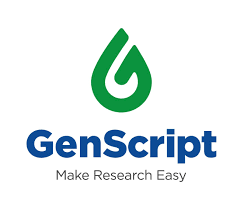
IL-11 Fc Chimera, Human
$2,328.75 Add to cart View Product DetailsInterleukin-11 is a pleiotropic cytokine that was originally detected in the conditioned medium ofan IL-1α-stimulated primate bone marrow stromal cell line (PU-34) as a mitogen for the IL-6-responsive mouse plasmacytoma cell line T11. IL-11 has multiple effects on both hematopoietic and non-hematopoietic cells. Many of the biological effects described for IL-11 overlap with those for IL-6. In vitro, IL-11 can synergize with IL-3, IL-4 and SCF to shorten the G0 period of early hematopoietic progenitors. IL-11 alsoenhances the IL-3-dependent megakaryocyte colony formation. IL-11 has been found to stimulate the T cell-dependent development of specific immunoglobulin-secreting B cells.
-

IL-11 Fc Chimera, Human
$99.19 Add to cart View Product DetailsInterleukin-11 is a pleiotropic cytokine that was originally detected in the conditioned medium ofan IL-1α-stimulated primate bone marrow stromal cell line (PU-34) as a mitogen for the IL-6-responsive mouse plasmacytoma cell line T11. IL-11 has multiple effects on both hematopoietic and non-hematopoietic cells. Many of the biological effects described for IL-11 overlap with those for IL-6. In vitro, IL-11 can synergize with IL-3, IL-4 and SCF to shorten the G0 period of early hematopoietic progenitors. IL-11 alsoenhances the IL-3-dependent megakaryocyte colony formation. IL-11 has been found to stimulate the T cell-dependent development of specific immunoglobulin-secreting B cells.
